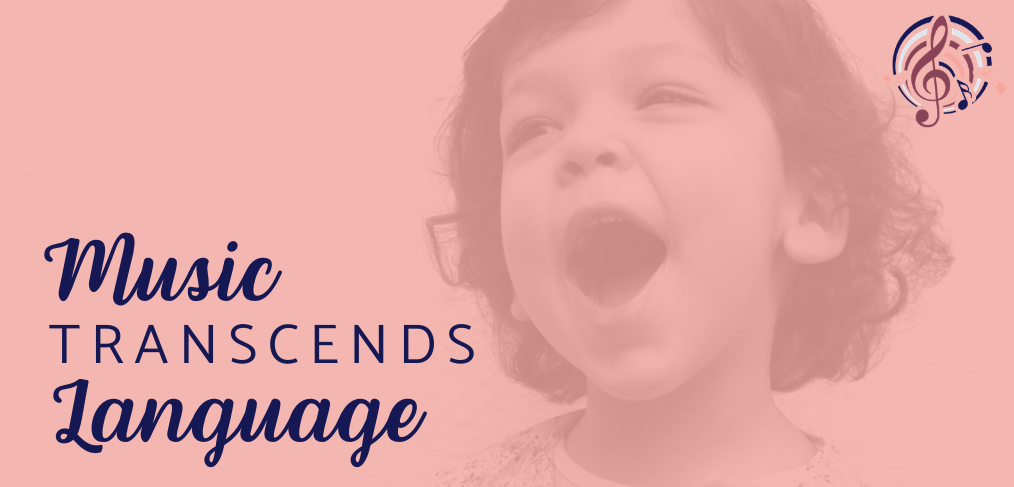Ways that music narrows the distance between cultures
Music plays a big role in many people’s lives. From pop to classical music, everyone has their preferences.
Top music lists are no longer confined to songs in English, and often consist of popular songs from foreign countries. In many cases, people can enjoy songs in languages that they don’t understand themselves. This is a great example of how music transcends the boundaries of language.
Another example of how music transcends language is through translated songs. One of the most translated songs in the world is Amazing Grace. It has been translated into over 60 different languages including Zulu, Mandarin, Farsi, Filipino, and Arabic. Through these many translations, the meaning of the whole song is kept very similarly and faithful to the original that was first published in 1779.
Another song that has been translated many times is a very popular Christmas tune, Silent Night. It has been translated into over 100 different languages (originally in German as “Stille Nacht, Heilige Nacht”).
In addition, Happy Birthday To You has been identified by the Guinness World Record as the most recognized English song, and has been translated into more than 30 languages!
How music works in different languages
Many people in the world speak tonal languages – where pitch contributes to the meaning of a word. Tone in these languages are phenomic, meaning that a change in pitch or pitch contour of a word can drastically change the meaning of a word. For example, in Cantonese, altering the tone of “mother” (maa1) will result in you calling her “grandma” (maa4) or “horse” (maa5).
Since pitch is also a main component of music, many people wonder what happens when the two intertwine.
For some tonal languages, such as Mandarin Chinese, the melody usually takes over and the 4 tones in the spoken language are ignored. Mandarin speakers should still be able to discern the meaning of the song by the pronunciation of the word without the tonal information. However, some words may still be confusing on rare occasions.
Learn how songs bridge music with lyrics…
There is a strong correlation between music and language. We are exposed to this anytime we hear a song; songs bridge music with lyrics.
When an individual’s language is impaired, pairing music and language is an effective way to improve these skills. Developmental Speech and Language Training Through Music (DSLM), a Neurologic Music Therapy technique, aims to do just that.
DSLM can target various aspects of speech and language
Some of these goals include:
Speech production
- Articulation
- Intelligibility
Language development
- Vocabulary
- Grammar
- Syntax




